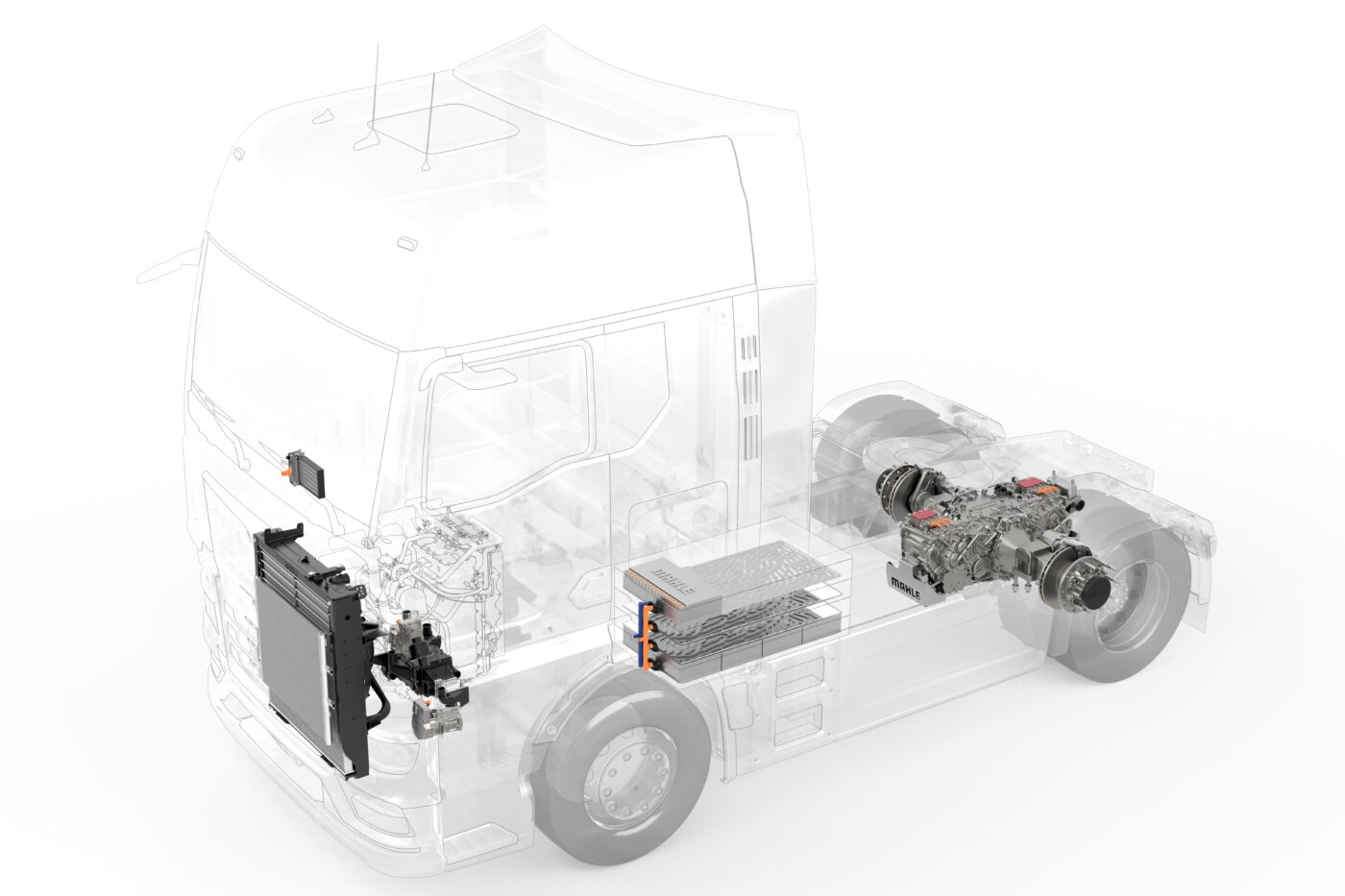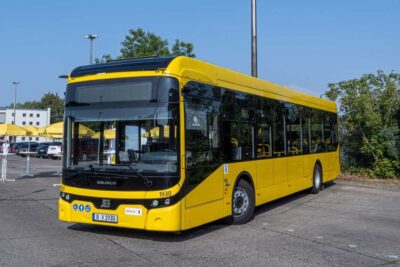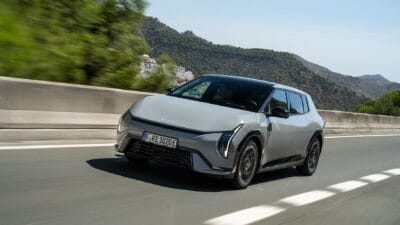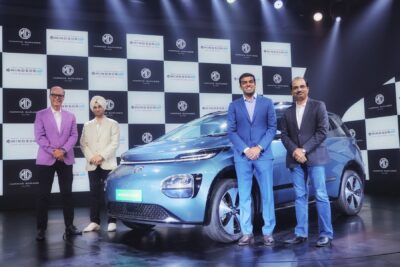Mahle presents systematic approach to fuel cell trucks in Hanover
The idea is to showcase “its systemic approach” to fuel cell commercial vehicles and to “visualise the interaction and interdependencies between individual product groups,” Mahle writes in its press release. According to Mahle CEO Arnd Franz, the electrification of the transport sector offers “considerable potential for the company.”
That is especially true for fuel cell trucks. Arnd explains that “the volume of Mahle components per vehicle was twice as high in the case of battery-electric trucks as with conventional internal combustion engine trucks and would be doubled once again in the case of fuel cell trucks.”
Other innovations on display at the international trade fair in Hanover, Germany, include a heavy-duty electric axle, a newly developed evaporative cooling system, and a bionic high-performance fan.
The electric axle has two fully integrated SCT (Superior Continuous Torque) electric motors with a continuous output of 480 kW each. Mahle adds that its electric axle can deliver 35,000 Nm of torque. “A 35-tonne fuel cell truck could, therefore, cross the Brenner pass from Innsbruck to Bolzano with a time saving of 3.5 minutes or 10 per cent faster than a diesel truck,” the company states.
Mahle’s evaporating cooling device “ensures optimum temperature control for a fuel cell.” It uses the cooling effect of evaporating water, Mahle explains, adding that “water is sprayed onto the coolant cooler via a grating, ensuring optimum temperature control for the fuel cell.”
The bionic high-performance fan is designed to make electric commercial vehicles and passenger cars significantly quieter. Its blades can reduce the truck’s fan noise by up to 4 dB(A) – that is more than halving the sound power. Moreover, it is said to improve the fan’s efficiency by 20 per cent, while the device is also 10 per cent lighter than comparable technology. It is available with a rating range of 300 watts to 35 kW.
An interesting note from the design process was that the shape of the fan blades is based on owl wings and feathers and is therefore bionic, or modelled on nature. This approach makes for particularly quiet fan operation.





0 Comments